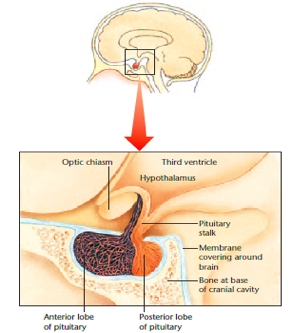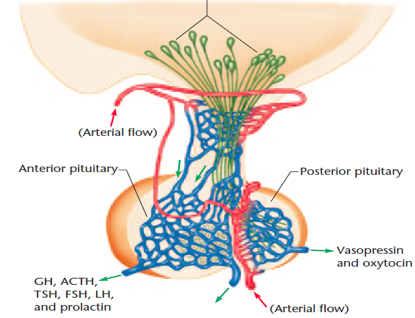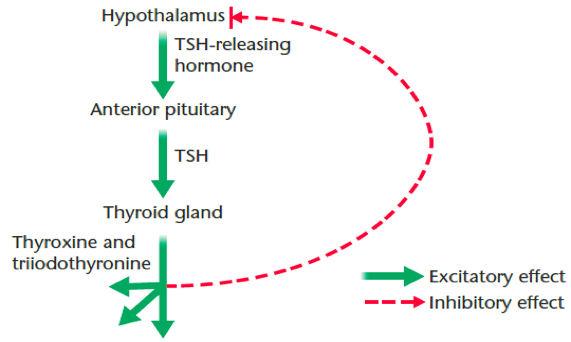
Modified: 2023-08-31 1:43 PM CDST

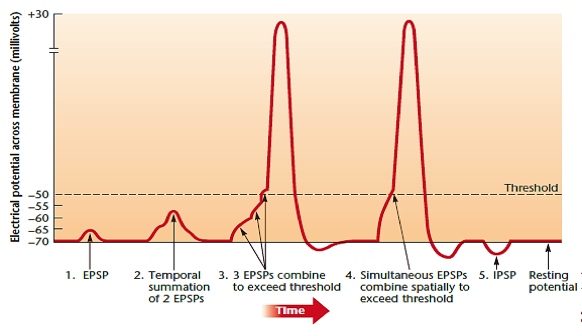
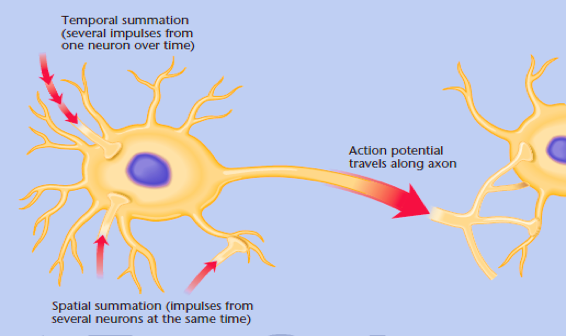

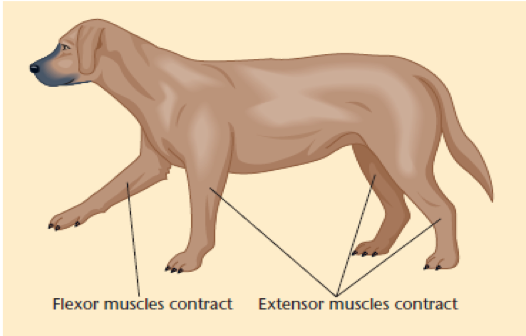
Think of the following example from a typical western movie. Two cowpokes, surrounded by night, are listening to the distant drums. Then one says to the other, "Listen". The other replies, "I don't hear anything". The first answers, "I know." The drums have stopped, and that conveys information, does it not? So, excitation and inhibition have the property of vastly increasing the information capacity of the nervous system because a decrease or an increase in the rate of nerve conduction conveys information.

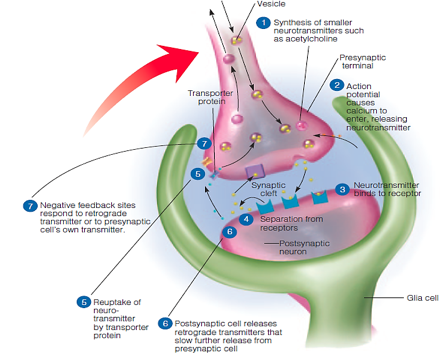
Amino acids |
Glutamate, GABA, glycine, asparate, maybe others |
A modified amino acid |
Acetylcholine |
Monoamines (also modified from amino acids) |
indoleamines: serotonin Catecholamines: dopamine, norepinephrine, epinephrine |
Neuropeptides (chains of amino acids) |
Endorphins, substance P, neuropeptide Y, many others |
Purines |
ATP, adenosine, maybe others |
Gases |
NO (nitric oxide), maybe others |


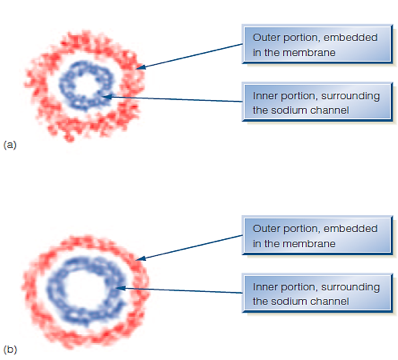
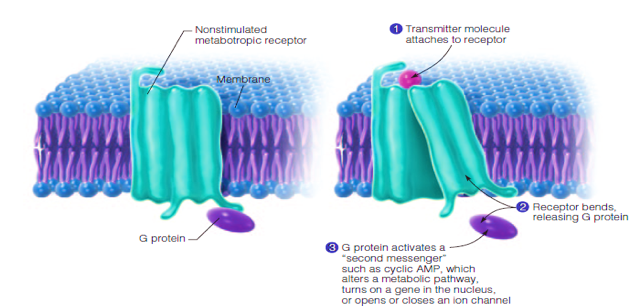
Neuropeptides |
Neurotransmitters |
|
Place synthesized |
Cell body |
Presynaptic terminal |
Place released |
Mostly from dendrites, also cell body and sides of axon |
Axon terminal |
Released by |
Repeated depolarization |
Single action potential |
Effect on neighboring cells |
They release the neuropeptide too |
No effect on neighbors |
Spread of effects |
Diffuse to wide area |
Effect mostly on receptors of the adjacent postsynaptic cell |
Duration of effects |
Minutes |
Milliseconds to seconds |
The movie, "The Emerald Forest," a true story about a child abducted and raised by Brazilian Indians, contains a scene in which the child and his adoptive father go monkey hunting. They find a monkey, and carefully prepare a blowgun dart by dipping it in the curare, which they carry on a pouch around their necks. They shoot the monkey, and hit it on the foot; then they wait. As the poison takes effect, the monkey stiffens, then falls to the ground. The two hunters then walk up to the monkey and kill it. Presumably, the monkey is able to see them as they walk up and then hit it on the head.
If care is taken to keep the lungs working by artificial means, then curare will not be fatal. Before the widespread use of anesthetics, curare was routinely used in surgery. Patients were kept alive by artificial lungs until the curare dose wore off. The curare was used not as anesthetic but as a means of immobilizing the patient while the surgery took place.
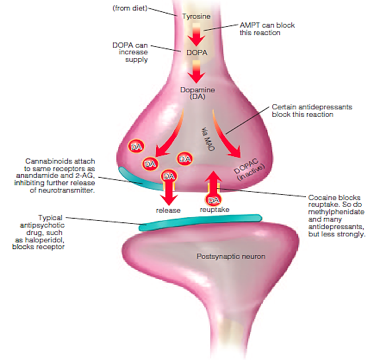
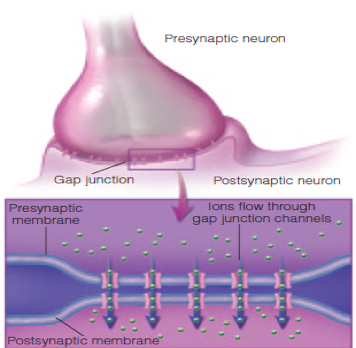
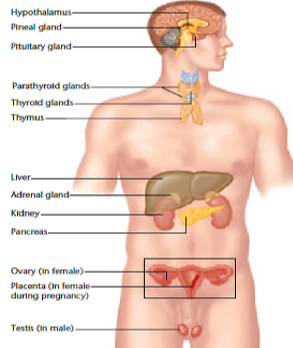
Organ |
Hormone |
Hormone Functions (Partial) |
Hypothalamus |
Various releasing hormone |
Promote/inhibit release of hormones from pituitary |
Anterior pituitary |
Thyroid-stimulating hormone Luteinizing hormone Follicle-stimulating hormone ACTH Prolactin Growth hormone |
Stimulates thyroid gland Stimulates ovulation Promotes ovum maturation (female), sperm production (male) Increases Steroid hormone production by adrenal gland Increases milk production Increases body growth |
Posterior pituitary |
Oxytocin Vasopressin |
Uterine contractions, milk release, sexual pleasure Raises blood pressure, decreases urine volume |
Pineal |
Melatonin |
Sleepiness; also role in puberty |
Adrenal cortex |
Aldosterone Cortisol |
Reduces release of salt in the urine Elevated blood sugar and metabolism |
Adrenal medulla |
Epinephrine, norepinephrine |
Similar to actions of sympathetic nervous system |
Pancreas |
Insulin Glucagon |
Helps glucose enter cells Helps convert stored fats into blood glucose |
Ovary |
Estrogens and progesterone |
Female sexual characteristics and pregnancy |
Testis |
Testosterone |
Male sexual characteristics and pubic hair |
Kidney |
Renin |
Regulates blood pressure, contributes to hypovolemic thirst |
Fat cells |
Leptin |
Decreases appetite |
